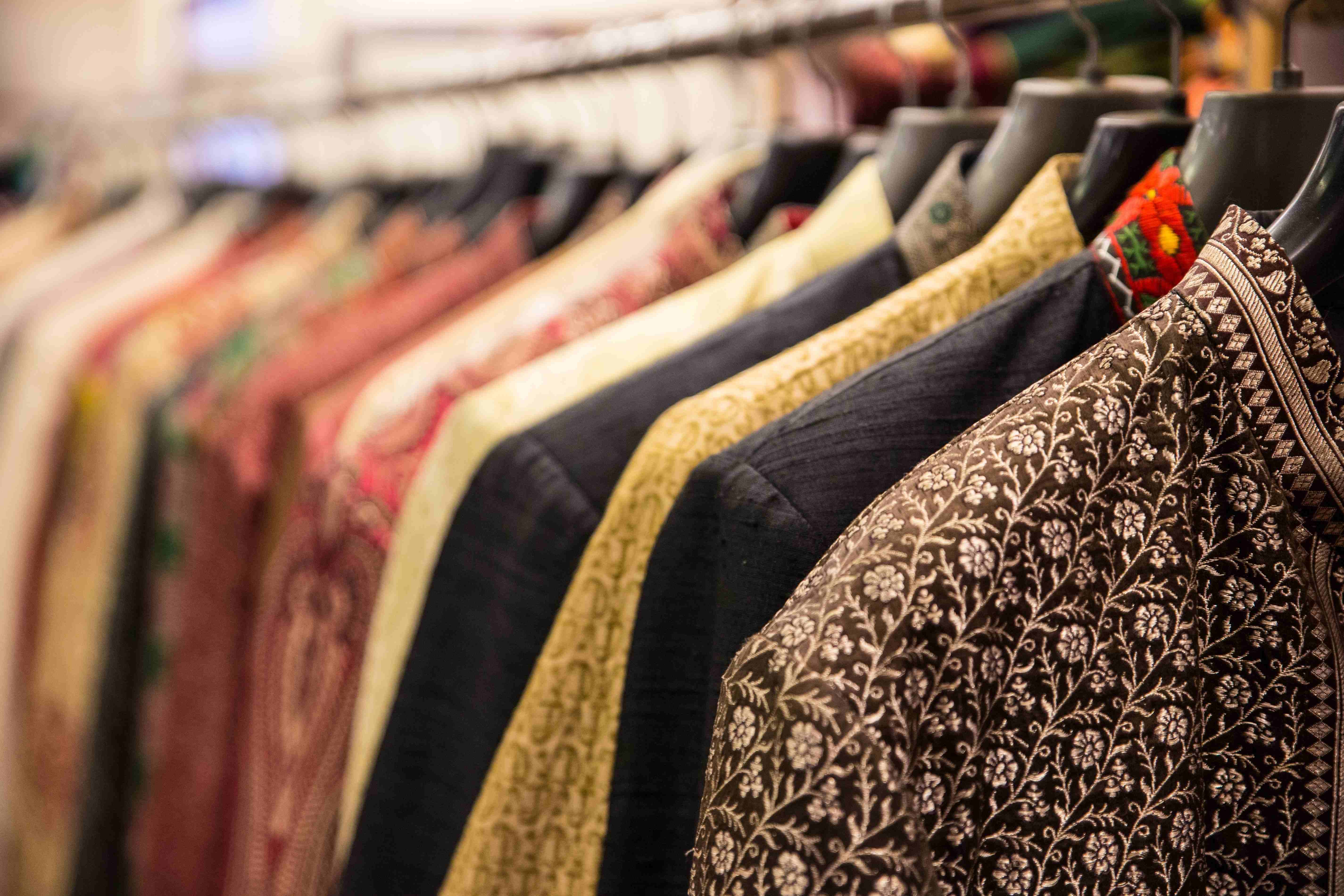Guide to launch Maternity wear collection



Introduction
Maternity clothing design is not a one-size-fits-all industry. There are numerous difficulties. Pregnant women do not want to wear sacks; instead, they want clothing that fits properly, is comfortable, adapts to their changing bodies, and matches their sense of style. Additionally, they want to improve their closets without going over budget. Pregnant women's demands should be considered when designing maternity clothing. Particularly, the problems would-be mothers have with the maternity apparel currently on the market should be addressed by the items they design.
Beginning a line of maternity clothing is similar to beginning any other clothing business in many respects. But when you are marketing to expectant customers, there are some significant changes. As you think about your maternity line, have the following suggestions in mind:
Tips to consider before launching the maternity wear collection
Begin with research and prepare a strategy
The marketing strategy is perhaps the most crucial aspect of any new business, even when the designs are crucial for drawing people to the maternity clothing line. The brand's success hinges on creating the appropriate marketing and disseminating information about the maternity clothes line to the appropriate audience. Making a solid marketing plan requires time and money, but it is worthwhile.
There are many pregnancy clothing lines available, just as in any fashion sector. Take a close look at a few popular companies, especially those that fit the preferences and ideals of the brand.
Not all females desire to hide their bump
Contrary to popular belief, pregnant women don't desire to hide their expanding bellies. The most beautiful time in a woman's life is during pregnancy, and most women feel pleased to display the marvel that is developing inside them. Designers must remember that pregnancy dresses don't have to be boxy or reminiscent of sacks. Many expectant mothers feel comfortable during their pregnancies in form-fitting clothes.
Increasing your industry knowledge
After evaluating your neighborhood rivals, learning from those already in business is crucial. Think twice before assuming that proprietors of adjacent maternity clothing stores would offer you advice. They would always try to teach you the trade. On the other hand, once an understanding is established, direct competition with them in their community will not happen. One might be willing to share their entrepreneurial wisdom with others if a person owns a maternity clothing store in a location that is not competitive. In fact, they are frequently more than happy to give startup advice. One can locate a business mentor willing to assist them if they are persistent.
Not many prospective mothers want to give up their favorite dress trends
Most women have a favorite wardrobe, they wouldn't want to give up for those nine months. Some people prefer dresses and would rather not dress in an uncomfortable size or style like oversized tees and baggy pants. Some pregnant women want to continue wearing tailored suits to work. To meet the needs of pregnant women for both comfort and style, designers should produce maternity wear that incorporates a variety of clothing.
Expectant mothers do not want to spend a fortune updating their clothes
Not every pregnant woman plans to spend a fortune updating her wardrobe. Every woman knows that their body will change every two months throughout pregnancy. They are also aware that within a few months of the baby's birth, their pre-baby bodies will return. Some women might only wish to purchase a couple of skirts with their current t-shirts and shorts. Others would prefer to purchase a single blazer that they could pair with most of the dresses they already own. Designers of maternity clothing should make pieces that may be worn with clothing in various colors, cuts, and materials.
Clothing that stretches should not be sheer
Some clothing becomes translucent when stretched, like when someone bends over to pick up something. Designers should use suitable materials to avoid making flexible clothing sheer. This makes clothing comfortable for women.
Savings are made by purchasing maternity clothing with nursing functions
For new mothers, this is a useful and considerate idea. Not all new mothers immediately lose the weight they put on during pregnancy. They can wear the clothing they purchased during their pregnancy (and they want to!). Designers must consider life after pregnancy and add nursing features into maternity wear so that new mothers won't have to pay more for clothing that can accommodate nursing.
Important factors to be considered
It might be challenging to market the maternity line to prospective buyers. Customers choosing maternity wear are trying to adjust to their quickly changing bodies and their budgets to get ready for a new baby. Pregnant clients have a variety of desires:
- Comfort- It is essential, especially in the later stages of pregnancy.
- Practicality- Maternity clothing should be created with pregnancy's realities in mind. It shouldn't be difficult to put on or take off.
- Fashion- Women will continue to desire to dress stylishly and feel beautiful when they are expecting.
- Durability- Customers looking to match their apparel needs with their budgets will search for items that can withstand regular wear.
Know the goal of the Brand
The brand will need to delve further into the target market beyond the obvious response of "pregnant people." Will the line be intended for pregnant women who require casual outfits, athleisure, formal professional clothing, or cozy pajamas? Are maternity clothes comfortable with breastfeeding, and will buyers be able to wear them when they enter the postpartum period?
Spend some time thinking about the customer personas the brand might be developing for. Here are a few illustrations of possible buyers of maternity clothing:
- Works in an office- Requires professional attire that is somewhat formal for work and athleisure attire for weekend activities.
- Wants fashionable styles and cozy attire because she works in a more relaxed environment.
- Lives an active lifestyle; requires supportive, high-performance athletic wear that easily transfers to postpartum activity.
- Eco-aware; seeks a compact maternity wardrobe with goods from responsibly created sources.
- Budget-conscious; requires reasonably priced, fashionable maternity wear.
Comfortable Atmosphere of Store
Make the store comfortable and valuable for pregnant mothers. Although one will have customers who are not expecting, the bulk of them will be. Place a few cozy chairs around the shop so expectant mothers can take a break. Also, make sure that clothing racks and displays are easy to navigate and not too close to one another. Avoid positioning any of the goods in a way that makes it difficult for customers to reach them, and think about including a play area because many pregnant mothers bring their older children shopping with them.
Conclusion
Pregnancy is a beautiful phase in every woman's life. Therefore, it is utterly important to make the phase easier for them by adding a style to their attire.

If you are planning to start a maternity wear collection and need information regarding it, then Fashinza is the place for you. Visit their website today.



















